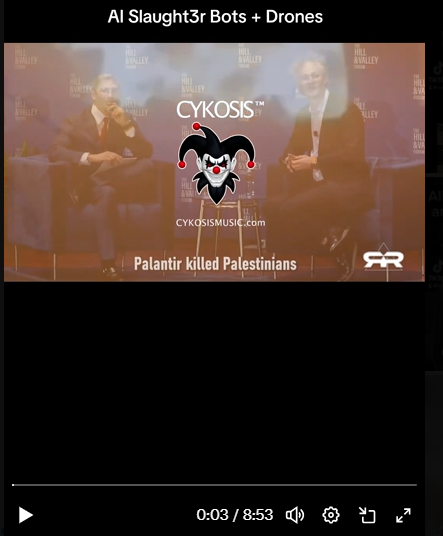
Israel’s military operations in the Gaza war have heavily incorporated advanced artificial intelligence systems for target identification and selection, marking a significant escalation in automated warfare. The primary software, Lavender, is an AI-powered database developed by Israel’s Unit 8200 signals intelligence unit, which analyzes mass surveillance data on Gaza’s 2.3 million residents—including phone records, social media, and movement patterns—to assign numerical scores indicating the likelihood of affiliation with Hamas or Palestinian Islamic Jihad.
This system flagged up to 37,000 low-level suspects in the war’s early stages, enabling rapid generation of assassination lists with minimal human oversight, often just 20 seconds per target. Lavender’s error rate is estimated at 10%, meaning thousands of potentially innocent individuals were marked, and it integrates with “Where’s Daddy?”—another Israeli military tool that tracks these suspects’ locations, particularly when they enter family homes, to time strikes for maximum impact. These technologies, built in Israel, prioritize speed and scale over precision, allowing the Israeli Defense Forces (IDF) to process intelligence at unprecedented rates. Complementing Lavender is The Gospel (also known as Habsora), an AI platform from Unit 8200 that sifts through vast datasets like satellite imagery, drone footage, and seismic sensors to recommend structural targets such as buildings, tunnels, and equipment linked to militants. Deployed since 2021 and refined during the current conflict, The Gospel has generated thousands of bombing suggestions daily, contributing to over 12,000 strikes in Gaza by early November 2023 alone, far surpassing previous operations.
It feeds into a “target factory” workflow where human analysts provide nominal approval, but the system’s automation has been criticized for manufacturing endless targets to sustain bombardment intensity, often disregarding civilian presence. Developed entirely in Israel, The Gospel operates alongside U.S.-provided cloud infrastructure from companies like Microsoft Azure and Amazon Web Services under Project Nimbus, which enhances data processing but raises complicity concerns. These tools collectively enable the IDF to maintain a high operational tempo, with reports indicating they account for a substantial portion of the war’s 50,000+ strikes. While primarily defensive, Israel’s Iron Dome system—manufactured by Rafael Advanced Defense Systems and Israel Aerospace Industries—intercepts short-range rockets from Gaza, using radar and AI-guided Tamir missiles to achieve a 90% success rate against threats. Offensively, Skydio X10 autonomous drones from the U.S.-based Skydio firm have been supplied in large numbers (over 100 units since October 2023) to the IDF for tactical intelligence, surveillance, and reconnaissance (ISR), with AI enabling obstacle avoidance and real-time targeting in urban environments. These drones, adapted for combat, have been implicated in civilian strikes, including shootings from quadcopters that terrorize and kill unarmed Palestinians.
Additionally, NSO Group’s Pegasus spyware, an Israeli export-approved tool, has been deployed by security agencies to track Hamas movements and hostage locations by hacking phones without user interaction, accessing messages, calls, and geodata—though its broader use for surveillance has drawn international sanctions for enabling human rights abuses. These technologies, blending Israeli innovation with U.S. components, underscore a lethal fusion of AI and drones that disproportionately impacts Gaza’s civilian population through flawed data and permissive collateral damage thresholds.
Discover more from CYKOSIS™
Subscribe to get the latest posts sent to your email.
